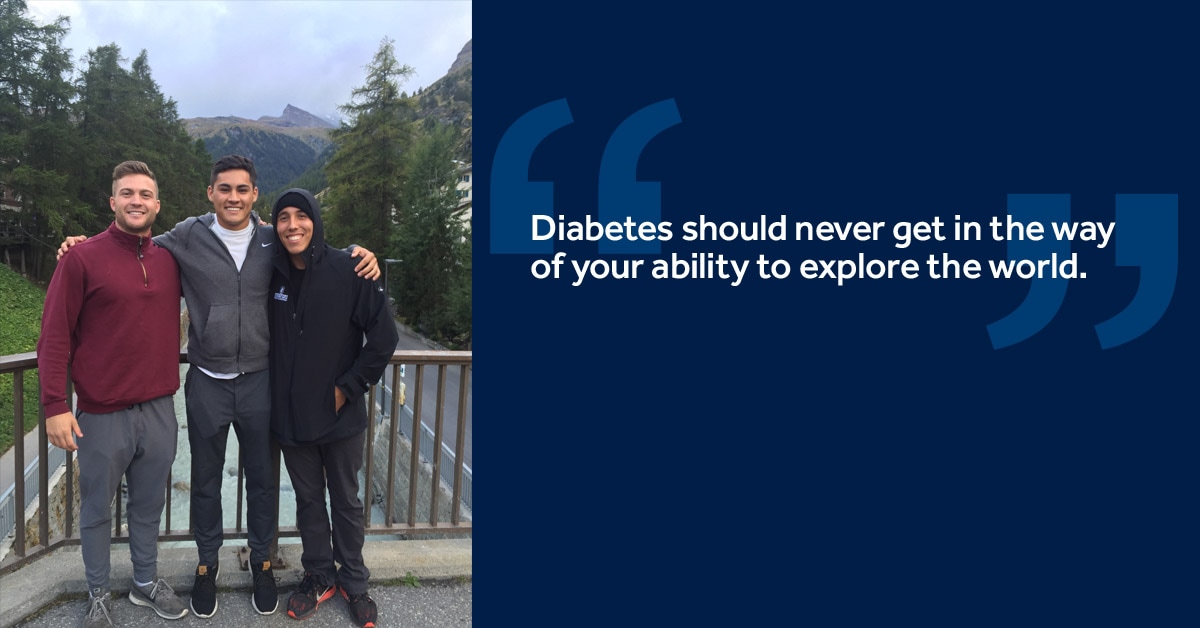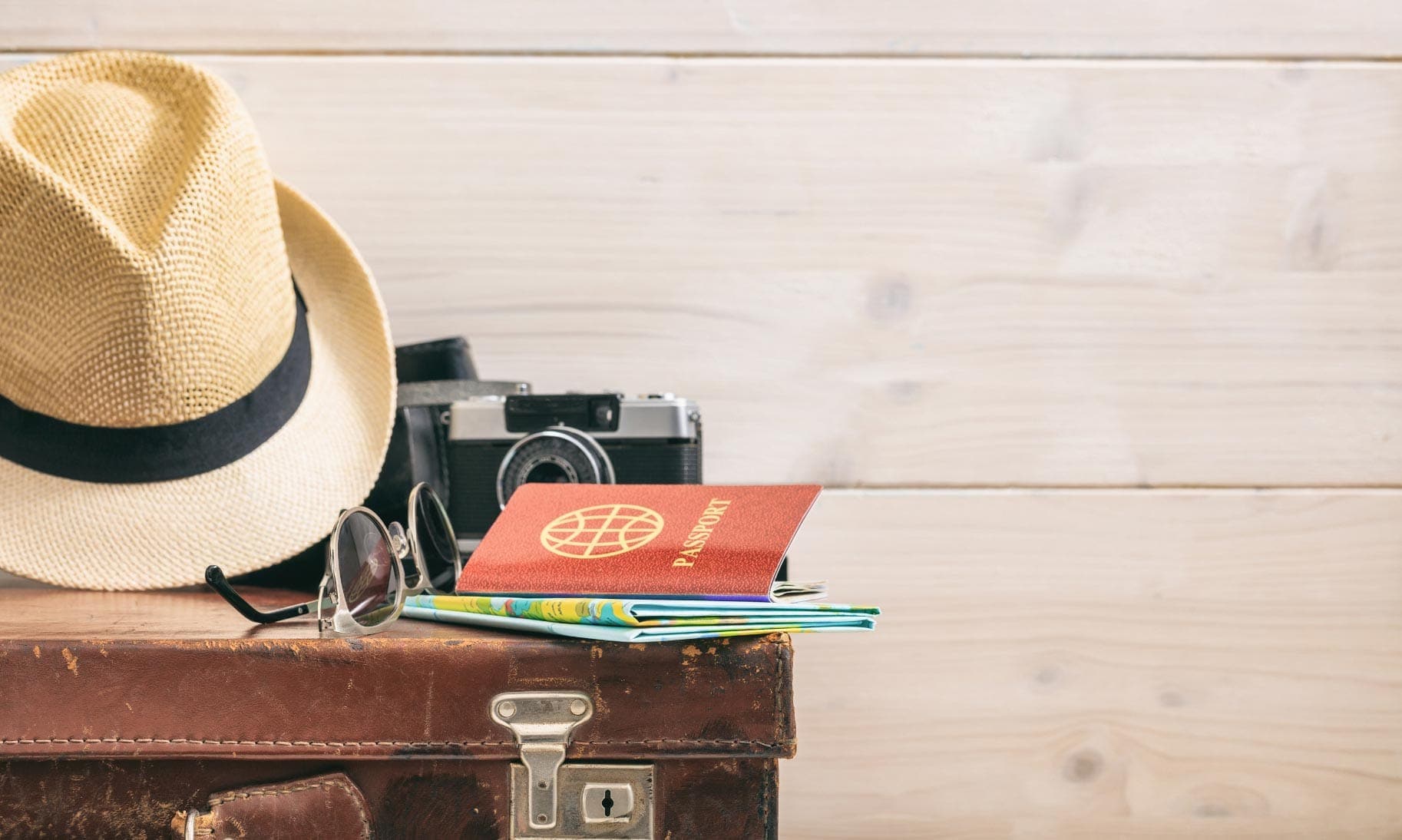Travel tips while living with diabetes

You might remember MiniMedTM Ambassador, Chris. These past few months Chris has been studying abroad and today shares with us his thoughts about traveling with diabetes and wearing an insulin pump and CGM.
Diabetes should never get in the way of your ability to explore the world. Yes, it adds some logistical hurdles that other people don’t have to deal with, but there are ways to prepare so that you are ready for any problem that may arise. I love to travel and have been to nearly 20 countries and more than half of the states in the US. In fact, I am actually writing this blog post from Berlin, Germany, where I am studying abroad and traveling Europe. I have quite a bit of experience with traveling (especially now that I’m in college) since I was diagnosed , so I’ll break it down into a few categories that I think are often the most challenging.
What to pack
Pump Sites and Reservoirs – I pack one set for every three days that I’ll be traveling, plus a few extras just in case I have any issues with my sites.
Insulin - You need to keep it cold or at least below room temperature. I either use a FRIO pouch (soak in cool water and the gel forms a cold barrier) or standard ice packs. Also, I always pack more insulin than I’m going to need, just to be safe.
Other Supplies – Remember to bring extra lancets, plenty of test strips, pump and CGM batteries, a backup glucometer, and backup needles in case anything happens to your pump.
Glucagon – As always, remember to pack your glucagon (and a backup) in case something goes wrong. Always better to be safe than sorry.
Last Thought – I ALWAYS keep my supplies with me (in my carry on). This way, I always have my essentials if my checked luggage gets lost. It also prevents my insulin vials or supplies to break or be exposed to extreme temperatures.
What if I’m going on an extended trip? (Like studying abroad)

Backup Pump – Consider this if you’re traveling overseas where your access to a 24/7 diabetes help service is limited. Medtronic offers a Travel Loaner Program that allows you to take a backup pump for a small fee. I have brought backup pumps on cruises, and I currently have one with me in Berlin.
Long-acting Insulin – If your pump stops working AND you don’t have a backup pump (uh-oh), having some long-acting insulin will be a huge help as you revert back to giving injections before you receive a new pump. (Editor’s Note: Medtronic insulin pumps are only approved for use with U100 rapid-acting insulin)
Airport Security
Insulin and Other Supplies – I have never been questioned about any of my supplies besides my insulin pump, but just to be safe, remember to bring a pharmacy prescription label for your insulin and glucagon that identifies the medicine.
Sugar for Treating Low Blood Sugar - I bring sugar pills, gummy bears, or some other type of non-liquid form of sugar (that won’t melt) so that I don’t have to deal with bringing liquids through security. However, I used to bring juice when I was younger and as long as you tell TSA that it is for low blood sugar, they will usually just run a quick test on it to ensure it is safe.
During the Trip
Temporary Basal Rate – On long car rides or flights in which I am going to be sitting all day, I like to use the temporary basal feature to keep my blood sugars from rising. My body is used to some kind of physical activity every day, and without it my blood sugars tend to creep upward. Setting a temporary basal for the duration of the flight or car ride can be effective in countering this. Personally, I use somewhere between 110-130%, but that’s specific to my body and you’ll need to experiment to find the right number for you.
Time Zones – Remember to change the time zone on your pump if you are traveling abroad or across the US!
After Arriving (aka while enjoying your travels!)
Emergency Contacts – Especially if you’re studying abroad, make sure you have some emergency contacts both back home and in the city you are living in.
Find a Pharmacy – This mostly applies if you’re studying abroad, but finding a pharmacy close to where you are living can be important if you have a hiccup like losing your glucometer.
Glucagon Use – As always, make sure to teach someone you are living with (friend, teacher, homestay parent, etc.) how to use your glucagon and where you store it in case of an emergency.
I hope some of these tips can help make your travel experience flow a little bit smoother so you can spend more time exploring and less time worrying about diabetes. And like I mentioned at the beginning of the post, don’t let diabetes ever hinder you from doing the things you love – especially traveling.



